it’s that time of year again: summer is right around the corner & rosé season is coming into full swing! read on for a rosé 101 guide with everything you need to know when it comes to picking the perfect bottle of rosé this summer!
we’ve all been there.
you know, those times on a beautiful summer day. the weather is perfectly warm but still a little bit breezy & the sun is shining. you’re headed to a friend’s house for a little backyard bbq action. on your way there, you run into the liquor store & all you want to do is grab a bottle of cool, refreshing rosé, & be on your merry way (to pop that sucker open asap).
as you round the corner to the wine selection, you see the rosés, shelves upon shelves of every shade of pink imaginable. you approach the shelves to grab a bottle & it hits you: you don’t know what the eff you’re looking for when it comes to rosé.
sound familiar?
maybe you just grab the one with the big SALE sign over it, or maybe you just find something with a pretty label. there’s no shame in that game…like i said, we’ve all been there. but there’s gotta be a smarter way to pick the perfect rosé this summer, right?
right.
& lucky you, there is.
i’m so excited to bring to you today the ultimate guide to rosé right in time for peak rosé drinking season this summer! this wine, in all its #millennialpink glory, has completely won over my heart in the last decade. i fell in love with rosé shortly after having graduated college, when i was working in restaurants & this wine was juuuust making its comeback to wine lists. (ps, we’re talking real deal rosé, not the kind of white zin that comes in gallon jugs that you drink in college before you head out to the bars.)
& as much as i’d like to consider myself an expert on the matter (i mean…doesn’t drinking countless bottles of rosé every single summer lend one some cred?), i’m honestly by no means a sommelier.
so i’ve called in the big guns…my best friend since middle school, krista, who also happens to know a hell of a lot about wine after having worked as a sales rep for one of the biggest wine & liquor distributors in the twin cities metro.
& how cute is she?? hiii, krista!
together we shopped my favorite neighborhood wine mecca in southwest minneapolis & she talked me through everything that you need to know to buy rosé with confidence this summer.
…then we bought 8 bottles & headed home for a tasting. tough gig, huh?
anywhoooo…without further ado. let’s talk rosé!
for starters, having a good understanding of rosés has more to do with understanding wine in general & less to do with rosés in particular. much of understanding how to choose & buy a good rosé has to do with understanding the process of making rosé & knowing its prime vintage, the regionality of where the rosé was made, & the varietals used.
rosé’s signature swoon-worthy millennial pink hue is a product of the process in which rosé is made.

rosé is predominately made in 1 of 2 methods.
the most common style is through maceration: grapes are crushed & the juices are left with the seeds & skins of grapes to macerate for anywhere from 2-20 hours (vs white wine, which doesn’t stay in contact with the skins of the grapes once pressed). the longer a macerated rosé sits with the grape pressings, the more characteristics of its grape it will take on – in terms of flavor, color, & overall dryness.
rosés with shorter periods of maceration will have that beautiful slightly blush color, & they’ll also tend to have more of the fruit characteristics of its grapes. these rosés are generally more fruit-forward, with bolder citrus notes & good acidity.
rosés with longer periods of maceration are darker in color, & can sometimes be deep, deep red. these rosés have a longer period of time to take on the tannic structure of its grapes, & tend to also drink a little bit more tannic & dryer.
the second style of making rosé is “saignée” (“SAHN-yay…rhymes with kanye), aka the addition method. essentially, this method entails adding up to 10% of red wine to a white wine made of the same grape varietal. (red + white = pink, ya feel me?) the resulting wine is usually much darker in color & has much more concentrated flavor of the grape varietal. hardcore wine snobs tend to turn their nose upon saignée rosés, as this method is traditionally seen as a “throw-away” method.
vintage is really important when it comes to picking a rosé!
simply put, rosés don’t tend to age well. in general, as rosé ages, its flavors become more & more subdued. you want to look for a prior year’s vintage to find a rosé with the super fruit-forward & acidic characteristics that you expect out of a rosé.
for example, it’s 2017 this year. so when i buy rosé this summer, i’m going to look for rosés whose vintages are one year prior, or 2016. anything that’s 2015 or older will likely be much more delicate & subdued.
if you see an older rosé on the shelf of your favorite wine store, i wouldn’t necessarily say it’s off-limits…you might just want to have a conversation with the kind folks working there about why they’d recommend it over a 2016 rosé.
just like any other wine, regionality & varietal is everything for rosé. 
aka…knowing a bit about where the rosé is from & what kind of grapes were used to make it will help you make an informed decision about what wine you want to buy.
when it comes to regionality, a general rule of thumb you can count on when picking out a wine is old world vs new world. old world wines come from grapes grown on centuries-old vines in europe. these vines are mature & the resulting wines are earthier & have more acidity. new world wines come from pretty much anywhere else in the world (california, south america, austrailia, etc.) where the younger vines (relative to european vines) yield wines that are sweeter, with fruitier characteristics.
old world & new world aside, there are definitely a few pockets of the world that produce the BEST rosés…so let’s chat regions!
provence, france
provence, france is pretty much the rosé capital of the world. without getting too technical, it has great soil & the climate is perfectly not-too-hot or not-too-cold.
the great thing about provençal rosé is you can find a great bottle no matter what your budget is. whether you’re looking to spend $7 or $50, you can spend as much or as little as you want & it will be a great rosé.
a great rosé from provence is always miraval. miraval’s 2016 rosé is quintessentially provençal rosé. a blend of cinsault, grenache, & syrah, miraval rosé is pale pink, has aromas of fresh flowers, & has beautiful acidity that makes it perfect for either drinking on its own or pairing it with food. ($29.99)
plussssss, brangelina bought this winery for a cool $40M before the divorce. #funfact
pays d’oc, france
pays d’oc refers to wine made in some of the best wine country in southern france. it’s a broad region (vs. specifically being from provence or côtes du rhone, for example), & generally has a lower level of classification. all this means is that these wines aren’t produced with the same level of strict standards that other classifications of wine are.
don’t let that scare you away…these are generally still great wines, but tend to be a little newer world in style & will cost less money than their higher classification counterparts.
a great pays d’oc rosé we found at our wine store is this altera from schroeder & schyler. this wine is a grenache blend (aka zinfandel) & has more fruit-forward, spicy characteristics to it. the spiciness of the grenache lends this style of rosé to pair perfectly with good barbecue or grilled meats. ($9.99)
hell yes, let’s drink rosé & eat some burgers.
oregon
oregon is great wine country domestic to the u.s., which makes a ton of sense. when you think about it, oregon’s growing regions shares the same latitudinal gradient as the growing regions in southern france that we’ve been raving about. it’s climate has that not-too-hot & not-too-cold thing going for it, though the wines here are going to be more new world in style.
krista & i fell in love with this willamette valley rosé from apolloni vineyards. made with a blend of voignier & pinot noir, this wine is light, super fruit-forward (it smells like strawberries & watermelon!) & has a great, classically citrus finish. ($17.99)
generally speaking, rosés made from pinot noir tend to be lighter & a little more savory, making them the perfect pair for seafood or chicken.
loire, france

aside from champagne, loire is the oldest growing region in france. another fun fact? typically if you’re drinking a sparkling wine from france that isn’t champagne, it’s probably from loire. loire wines tend to be fruity & crisp.
when krista found this loire rosé from valençay, i’m not going to lie, she geeked out a little. it’s a region in the loire valley that is newer to the top aoc wine classification in france. it’s apparently kind of rare! this wine from les chailloux is a blend of gamay, malbec, & pinot noir. it is well-structured with good tannins & has a dry finish. ($14.99)
another perfect option for grilled food…or to bring to your cork dork bestie.
speaking of krista geeking out a little, our last wine (also from loire, france) also made her geek out a bit. this sparkling ze bulle rosé is from chateau tour grise in loire, france, where the owner takes an extremely fundamental approach to winemaking called biodynamics. it’s an an anti-chemical approach that is older than organic farming. biodynamic winemakers plant with the moon cycle & believe that nothing in the vineyard should be harmed.
ze bulle sparkling rosé is made from cab franc & has dainty notes of cherries & currants. it is the perfect, fun way to either start off your night or finish it off! ($19.99)
last tip for choosing the perfect rosé this summer?: taste test!
not kidding…what are you waiting for?!
so tell me…what’s the best rosé you’ve ever had? do you have a go-to rosé? i’d obviously LOVE to know. let me know in the comments below…let’s chat!
afraid you’ll miss a recipe or entertaining idea? be sure to follow along with plays well with butter on bloglovin. for daily foodie musings & tips, follow along with @playswellwithbutter on instagram & facebook! & for tons of pin-worthy ideas to be the hostess with the mostest, follow plays well with butter on pinterest!


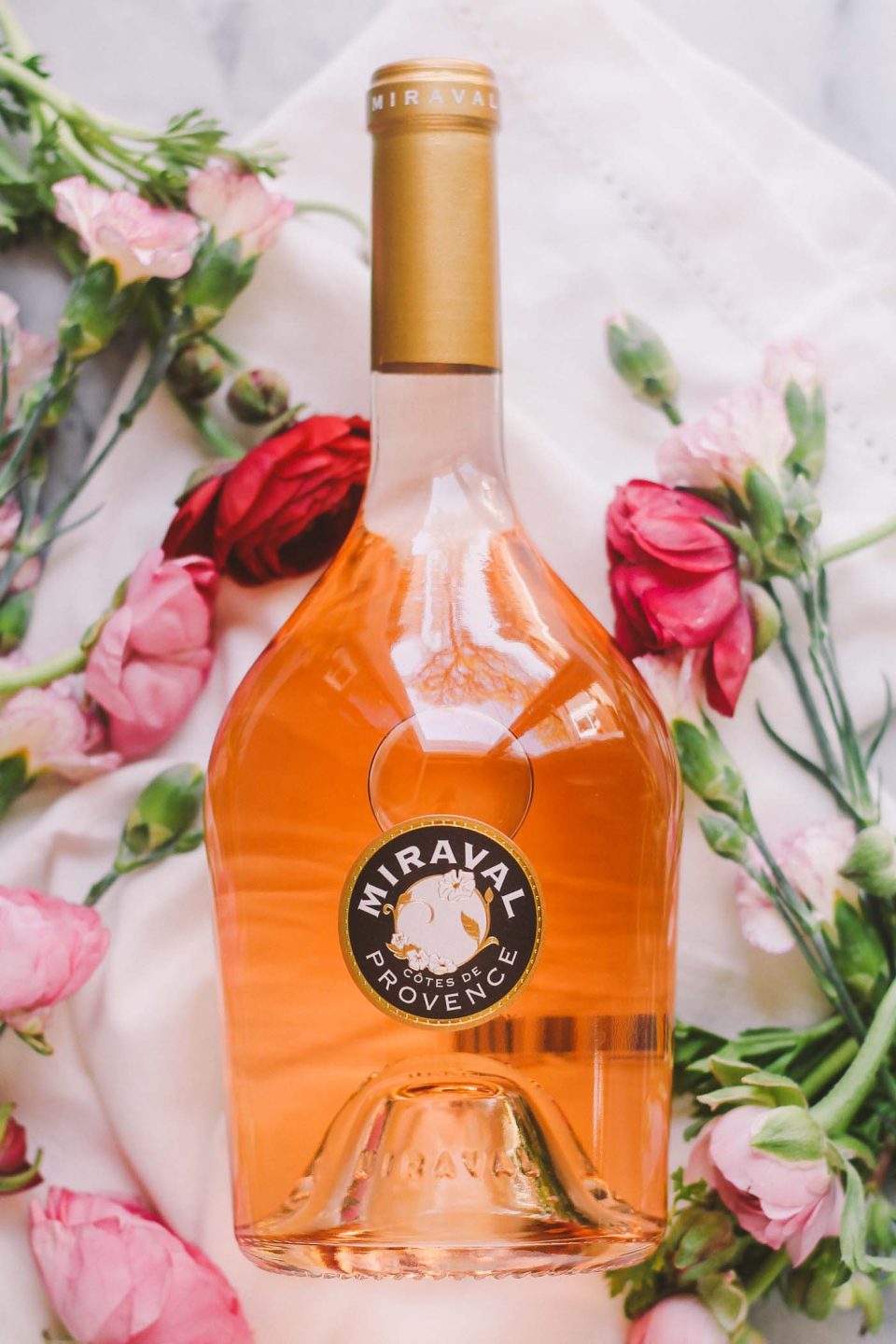
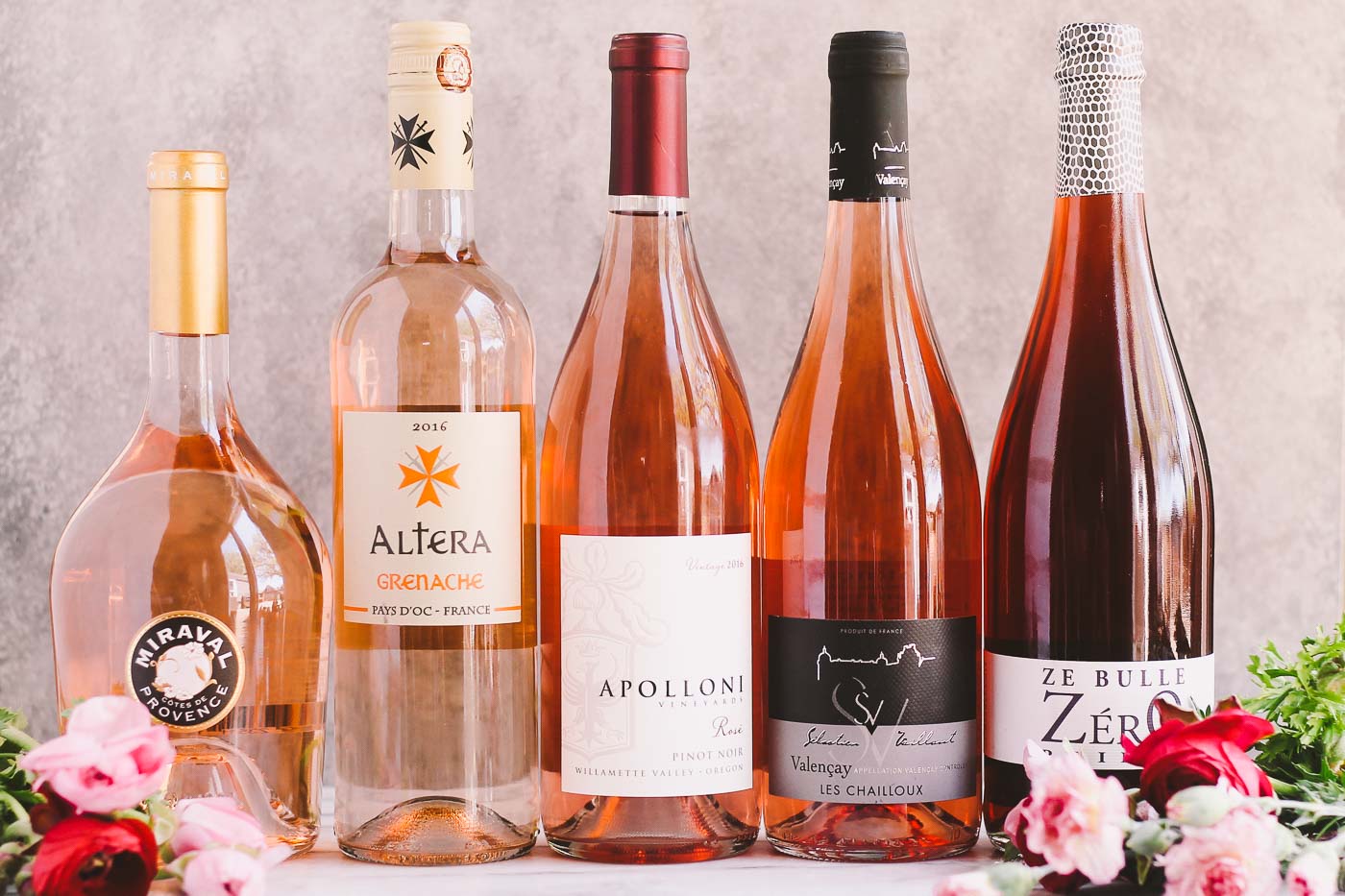
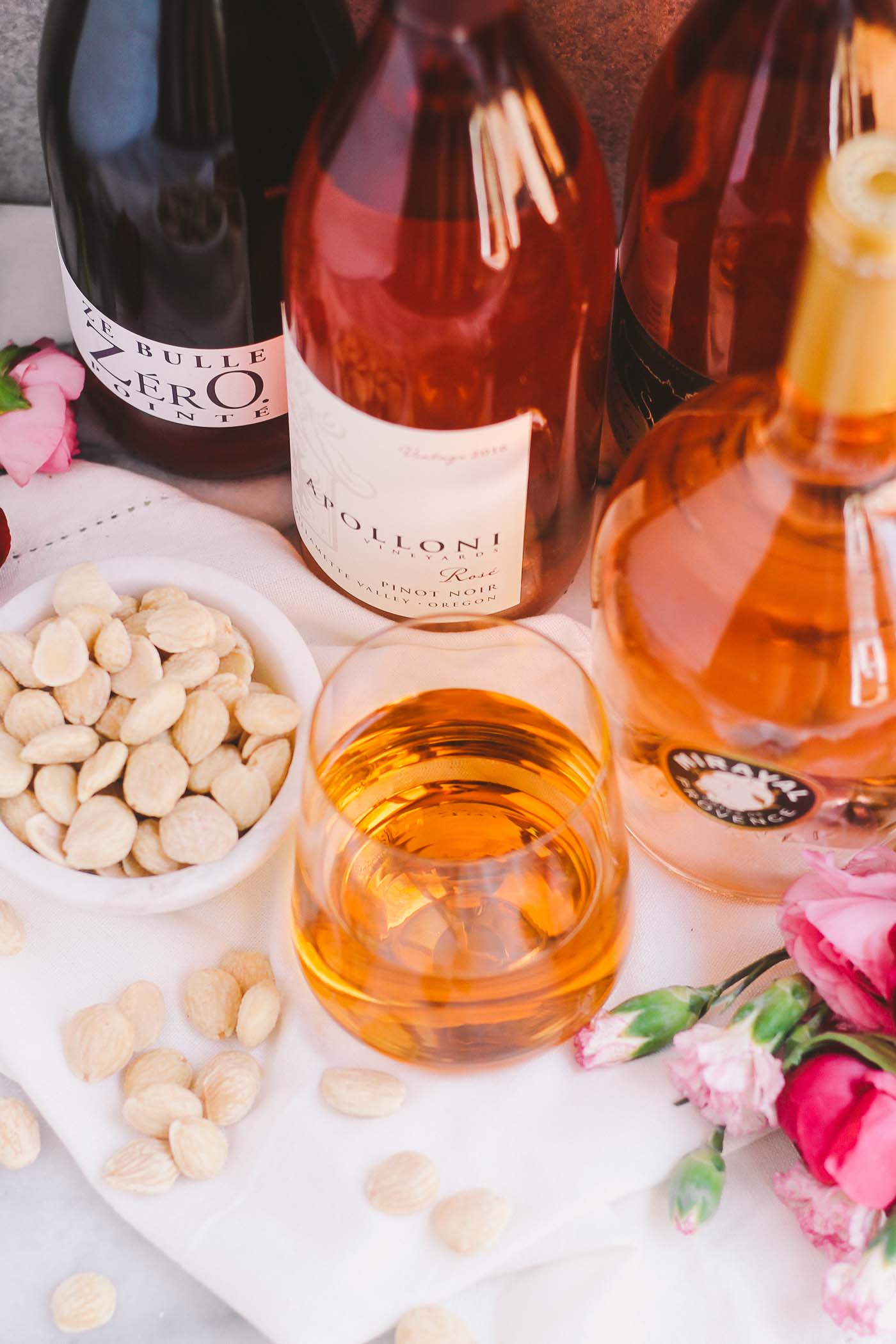

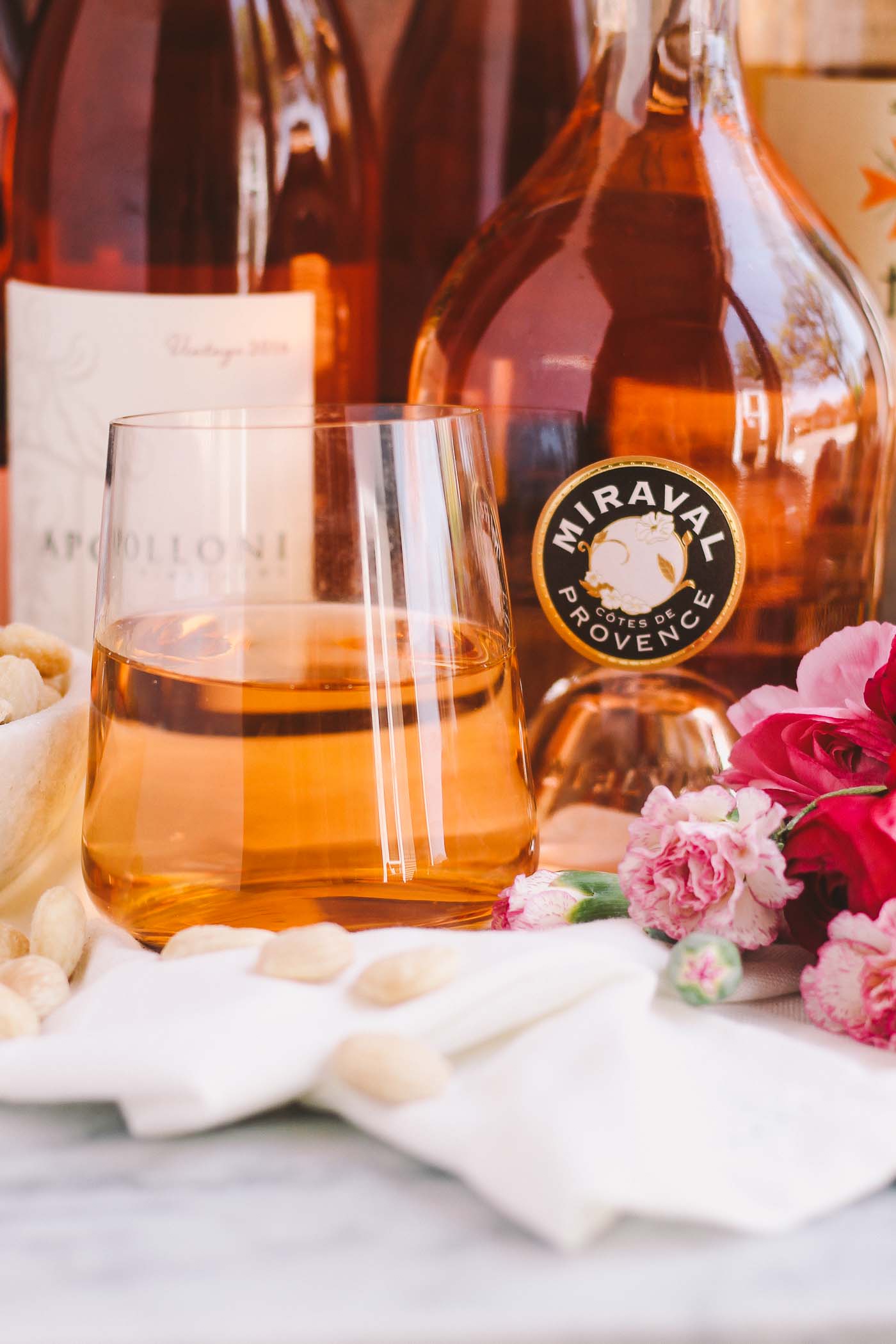
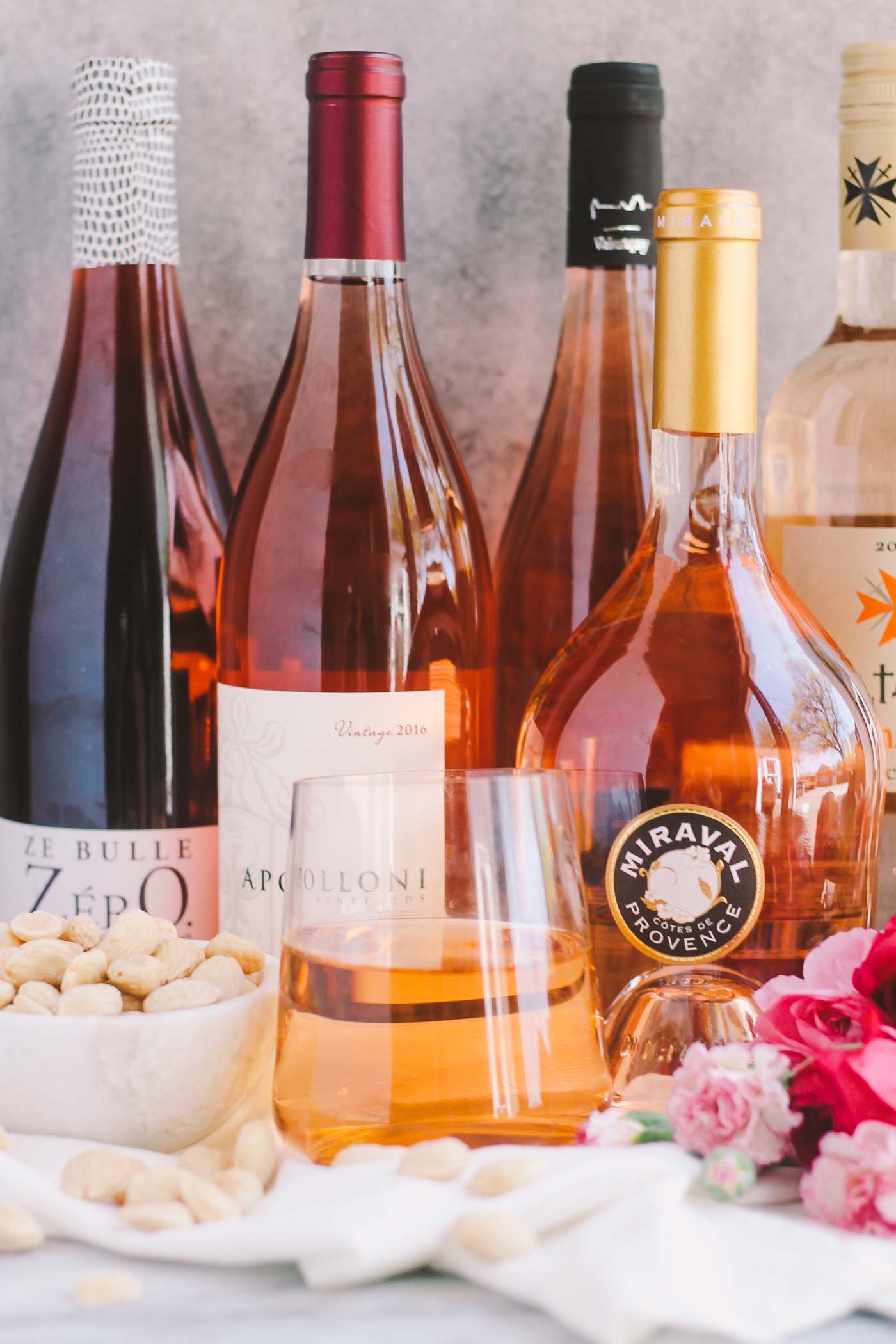
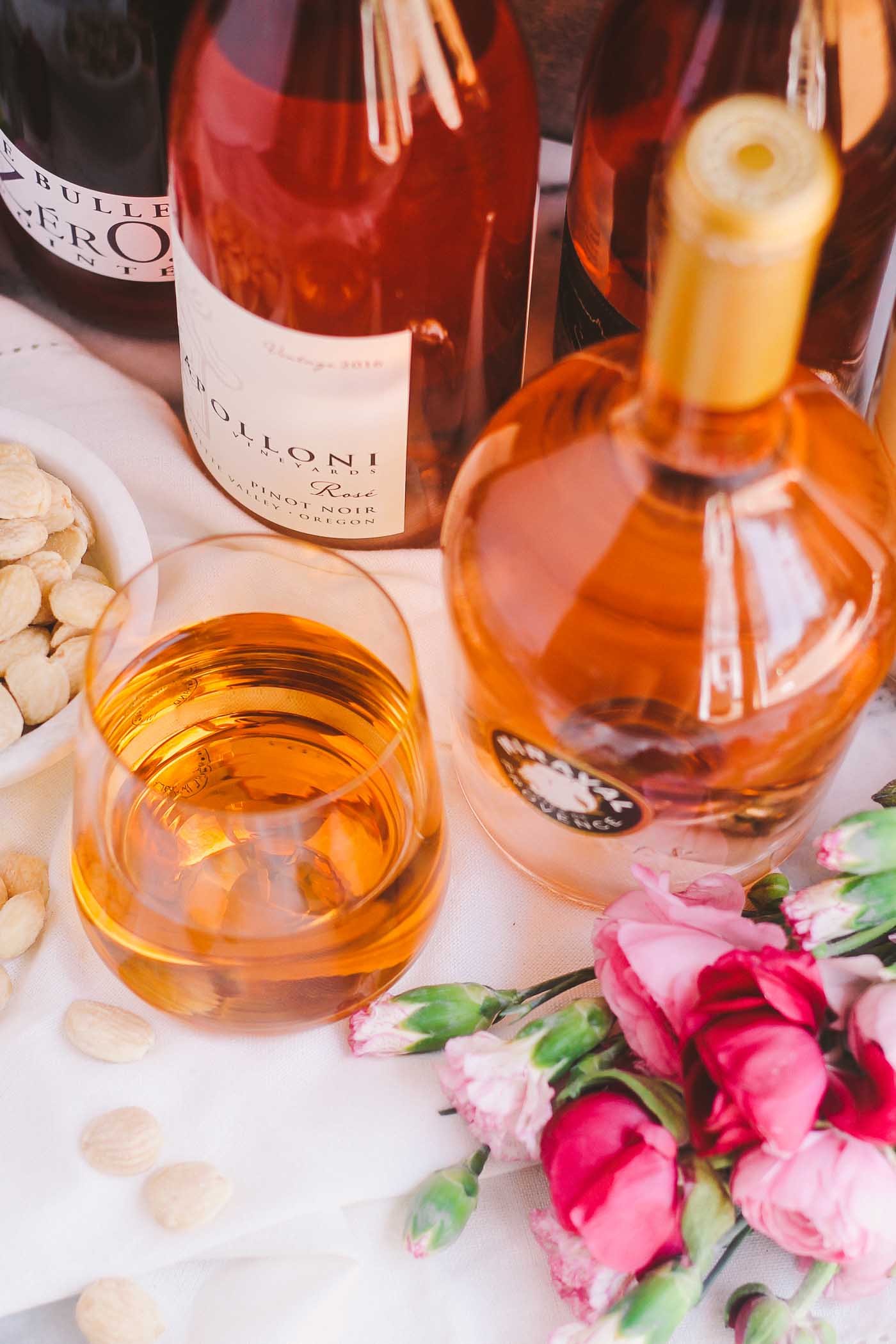
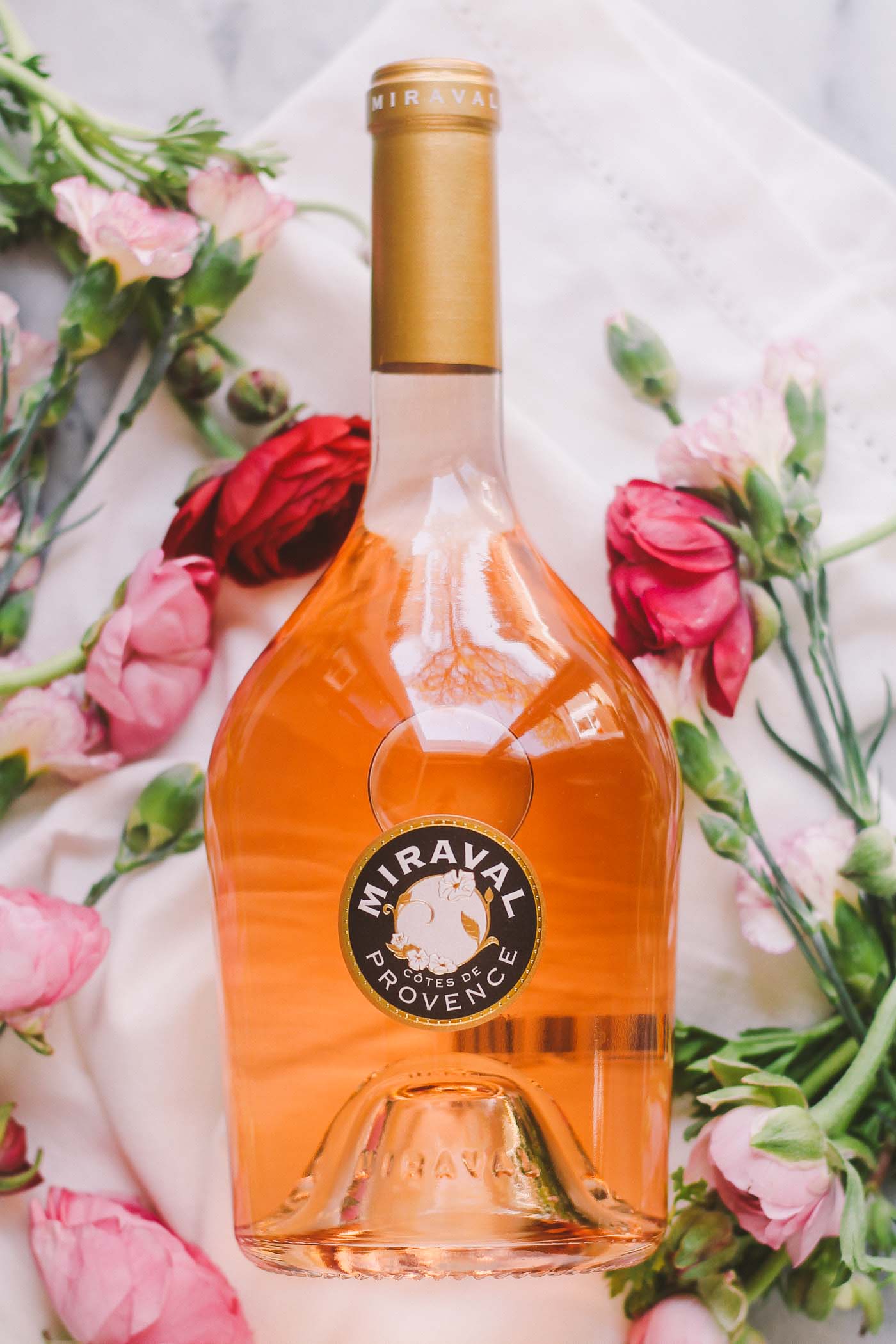
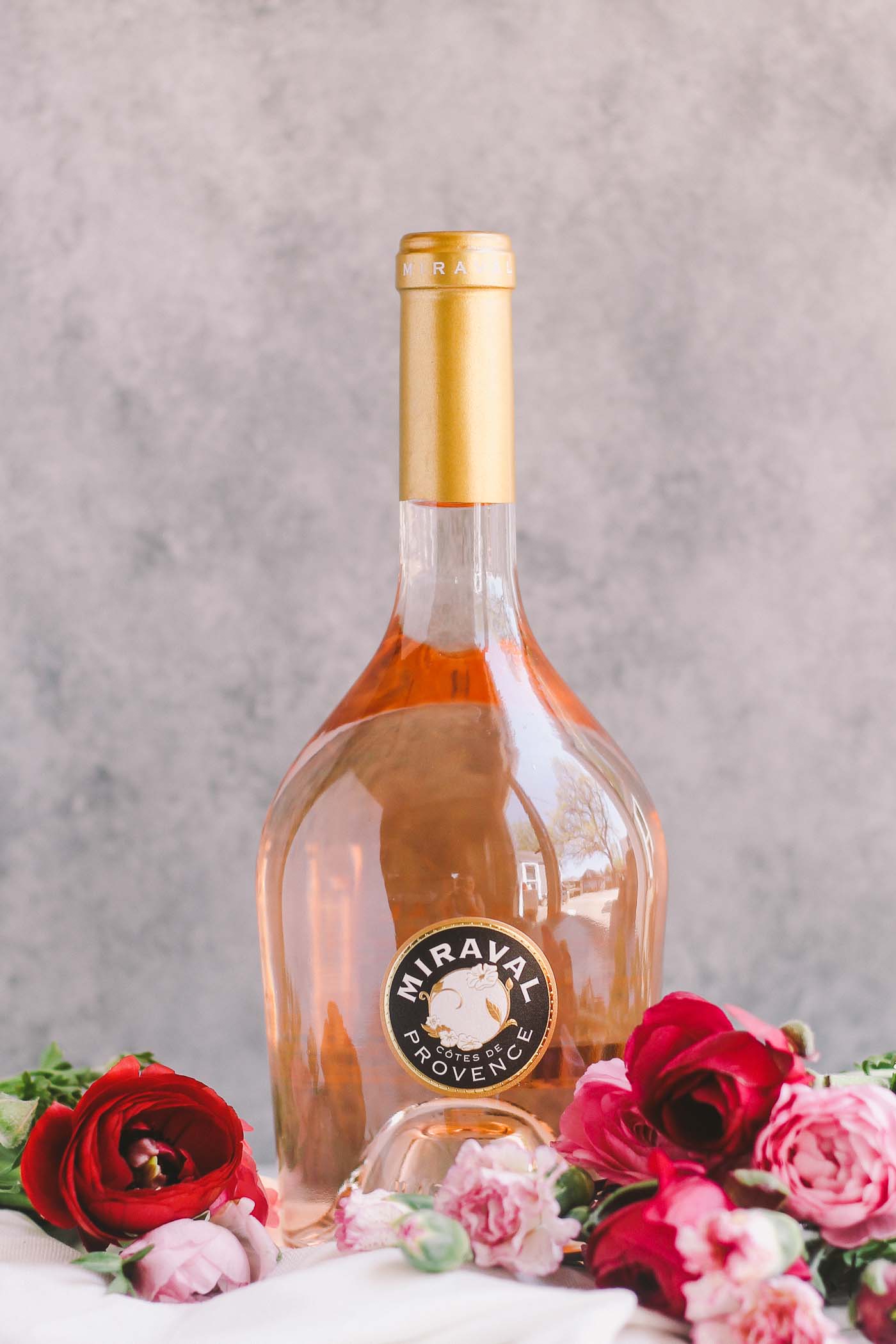
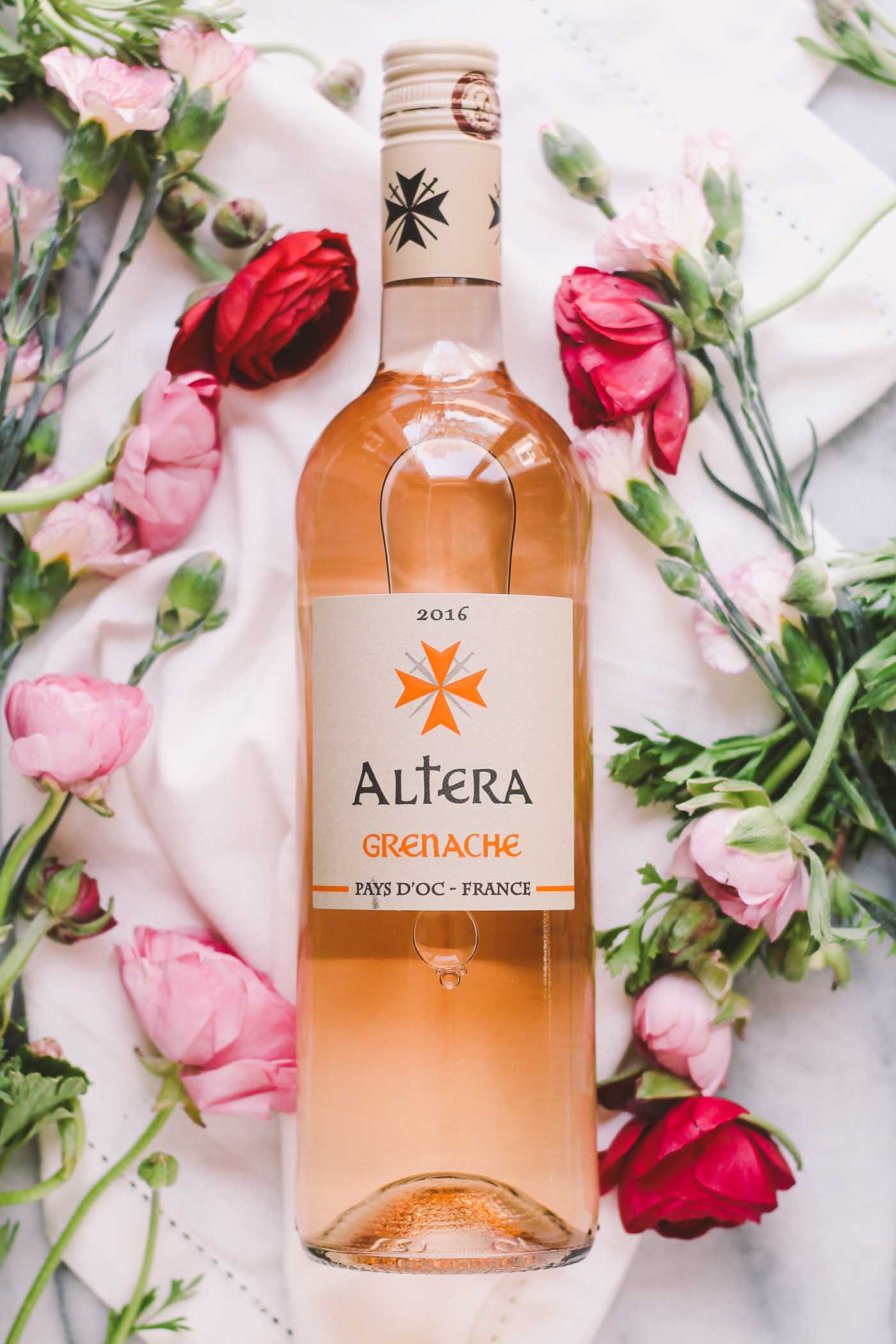
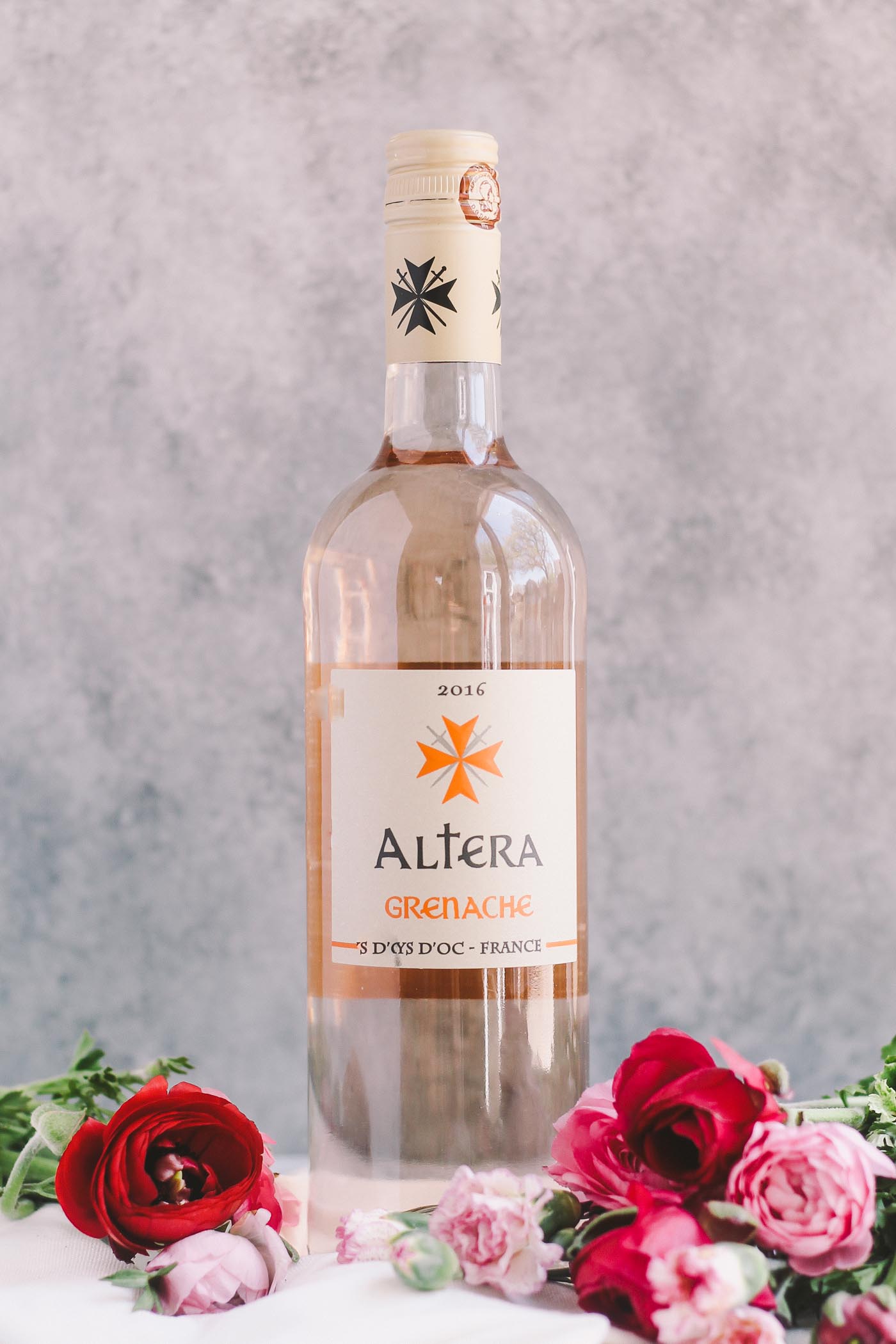
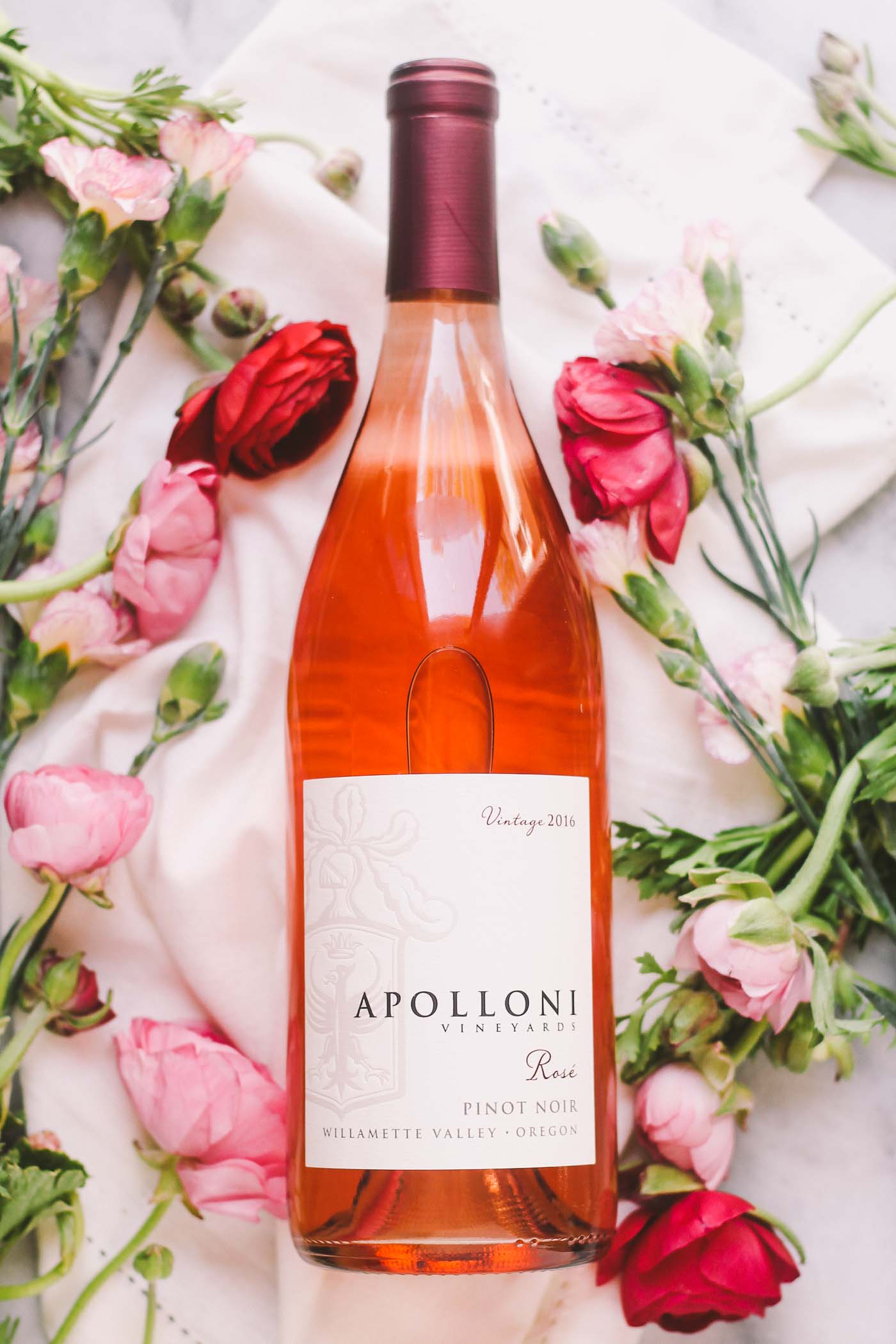
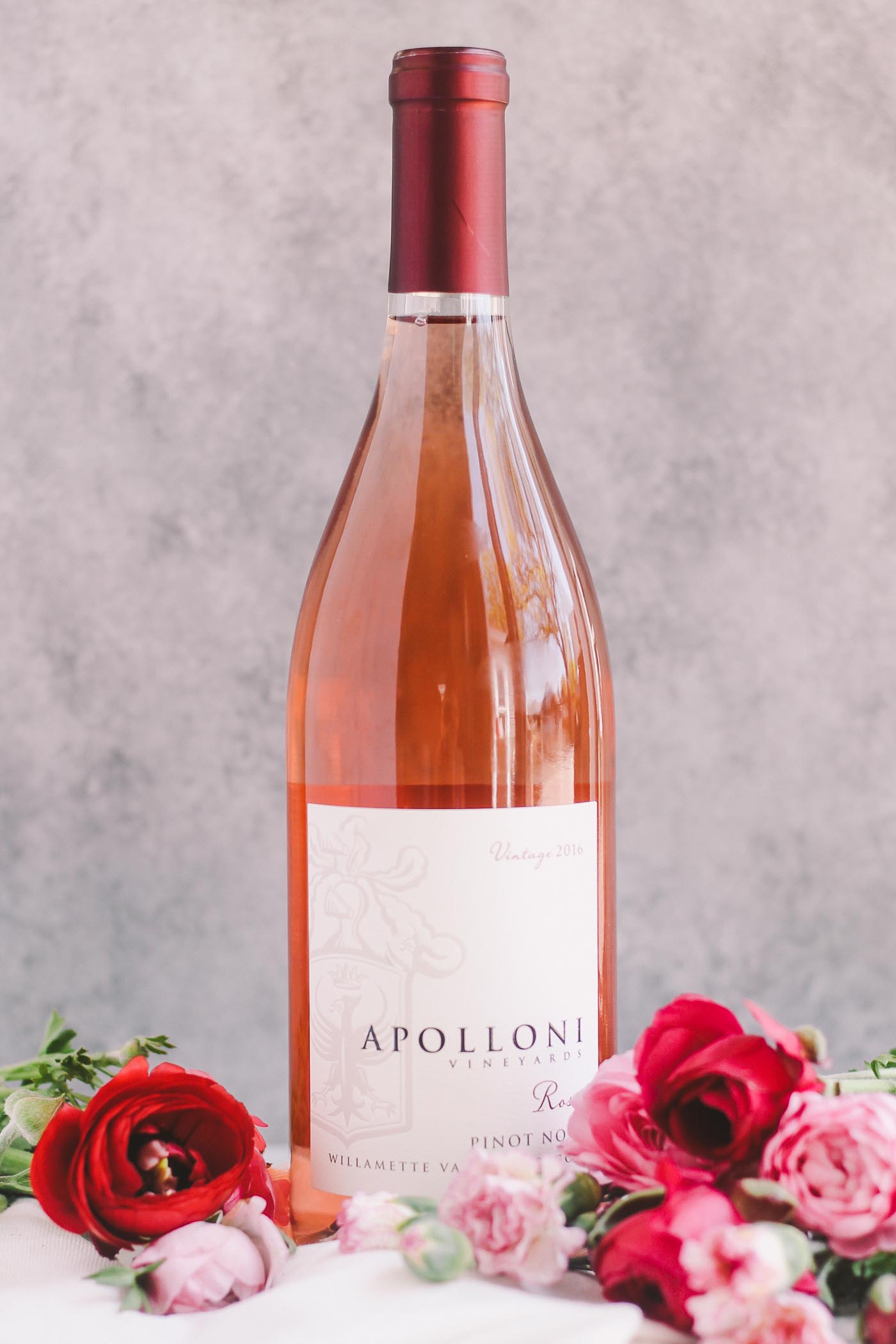
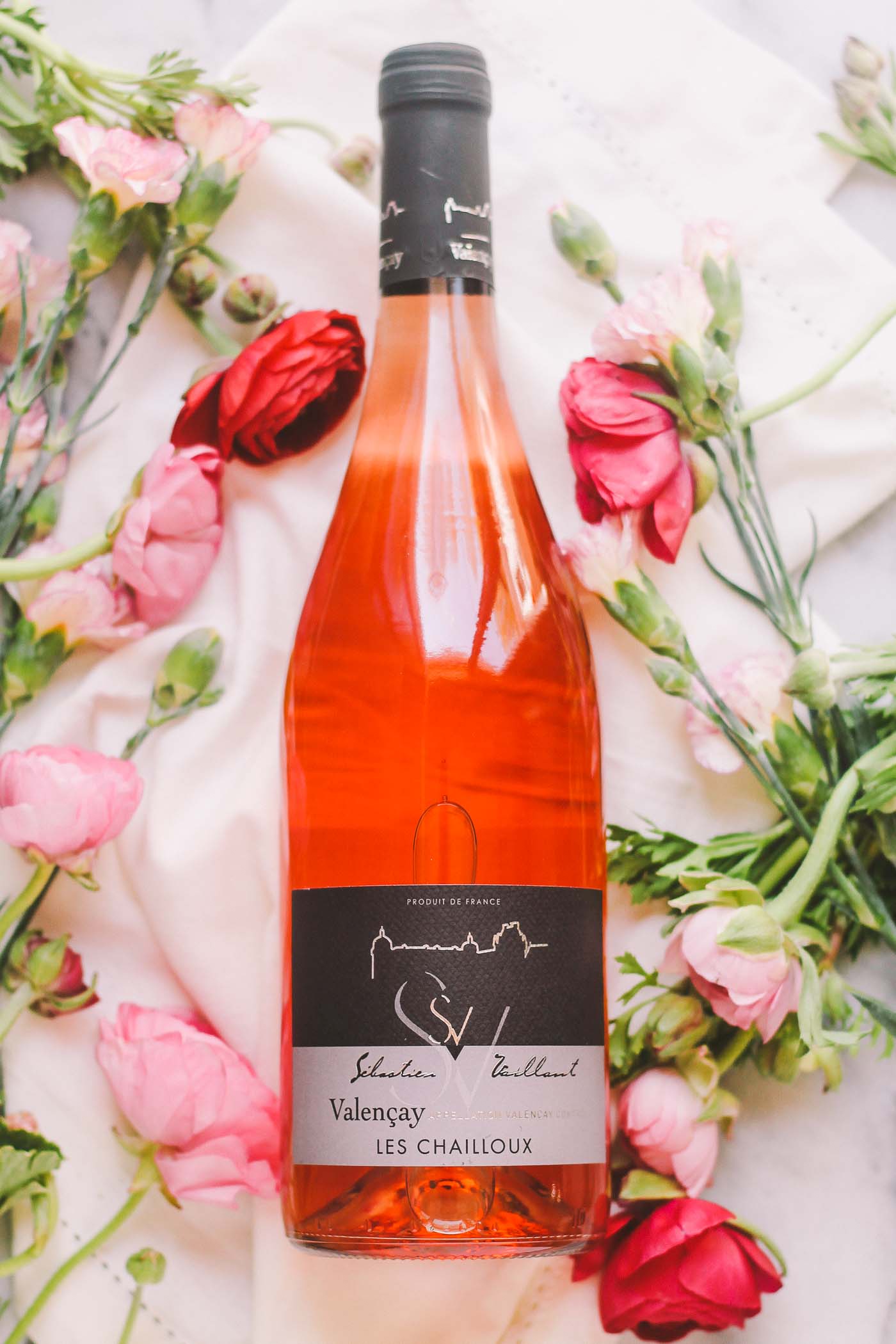
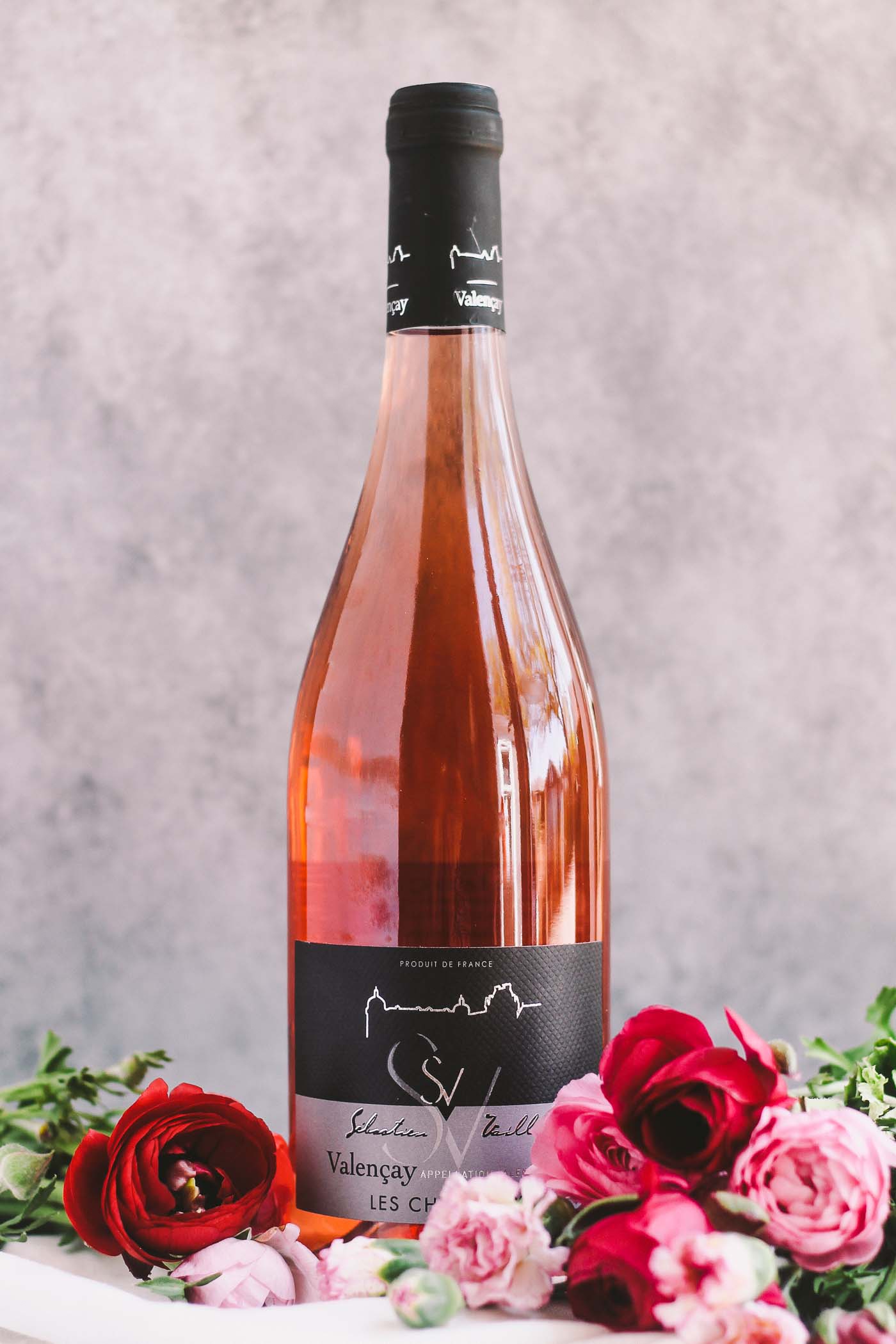
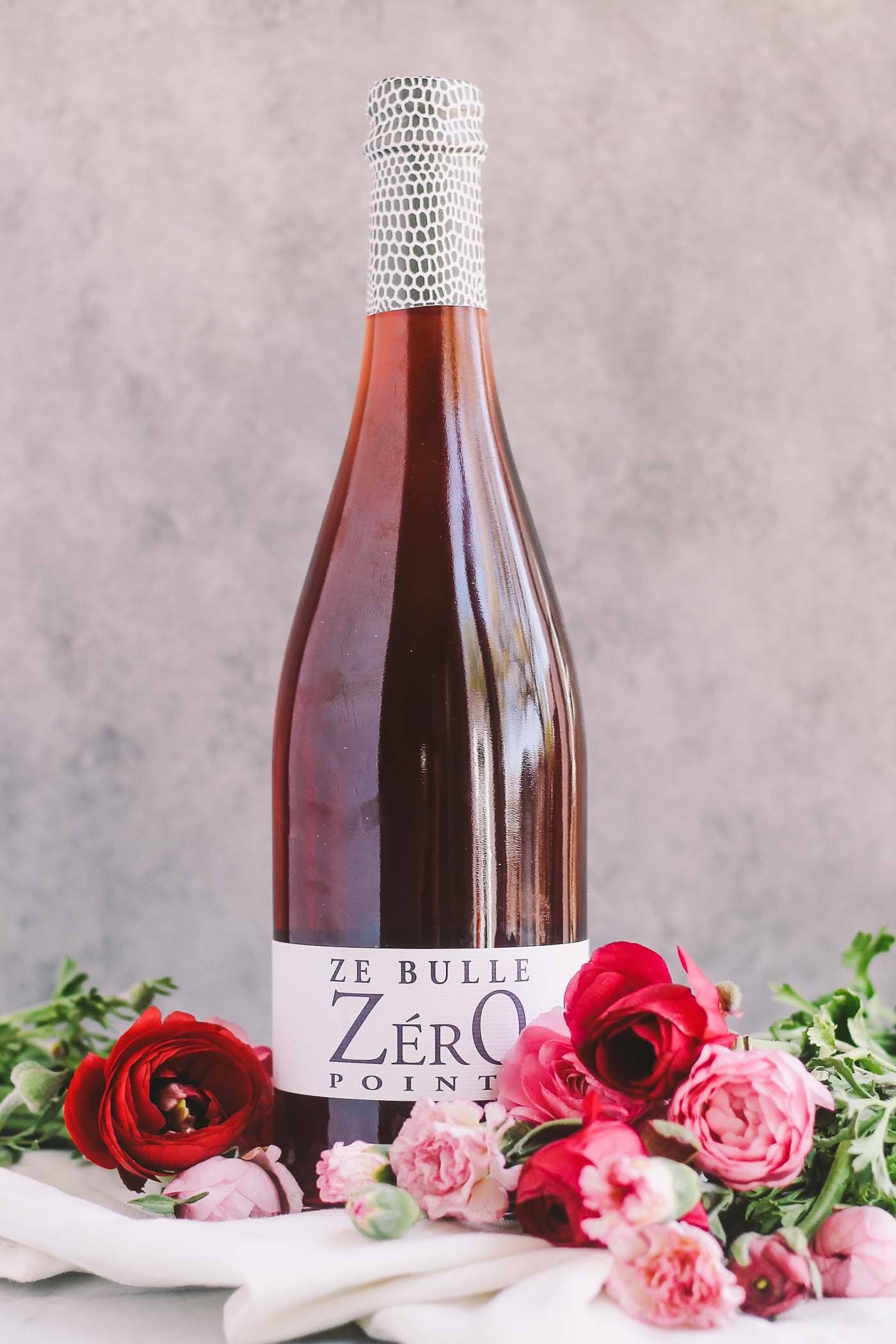
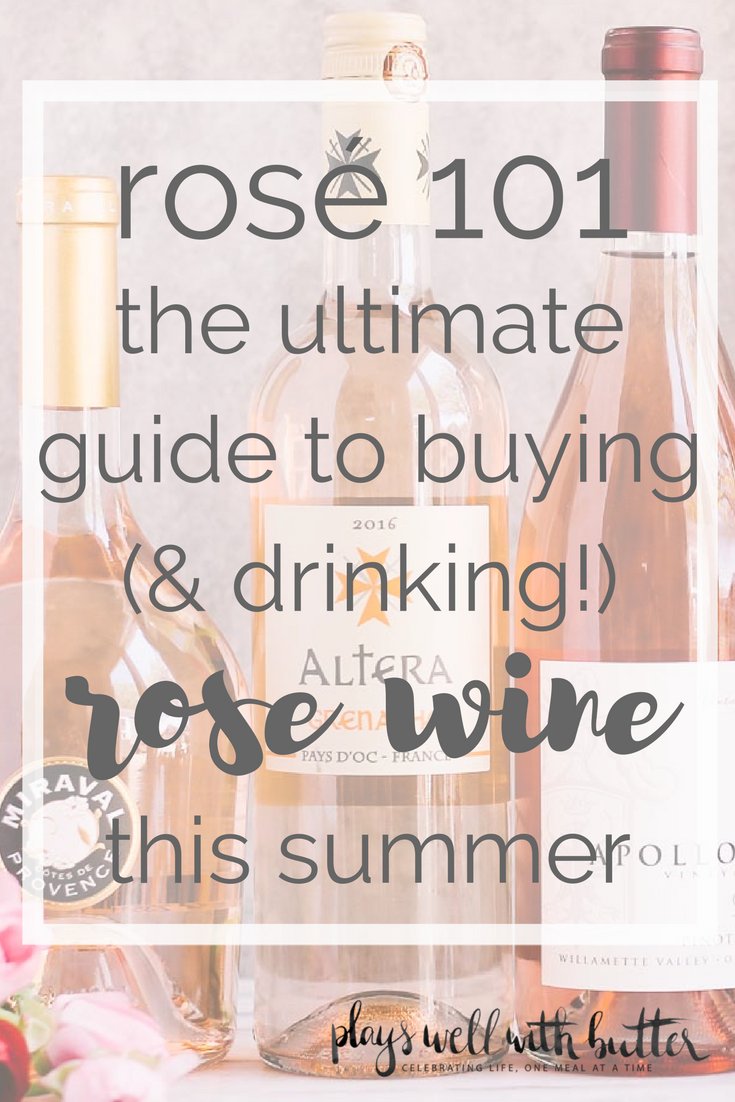
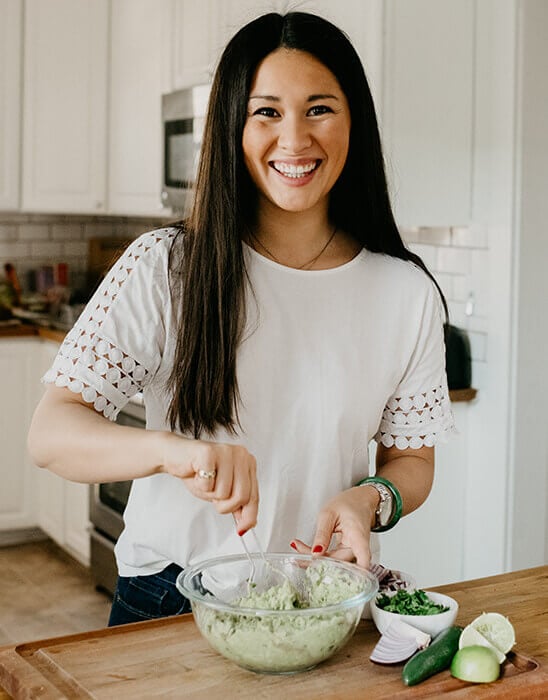
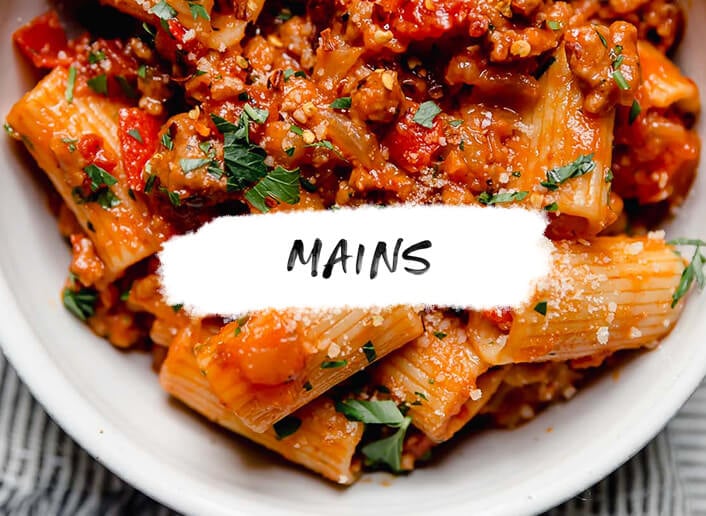
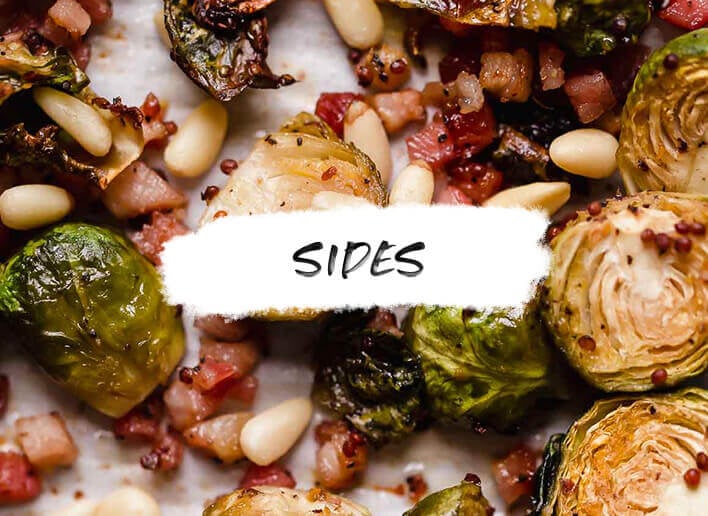


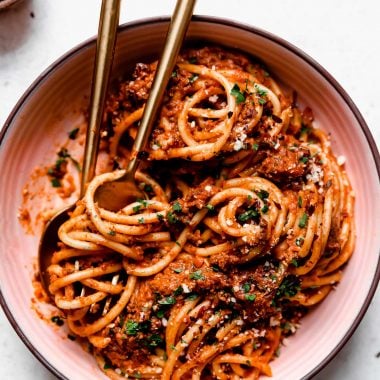
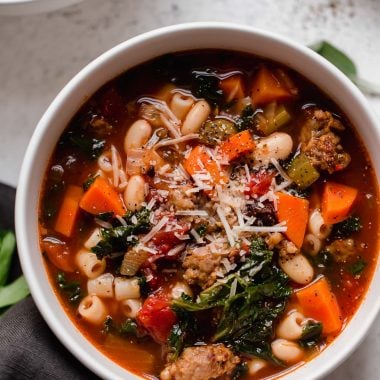
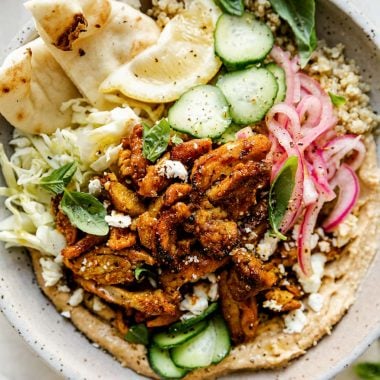
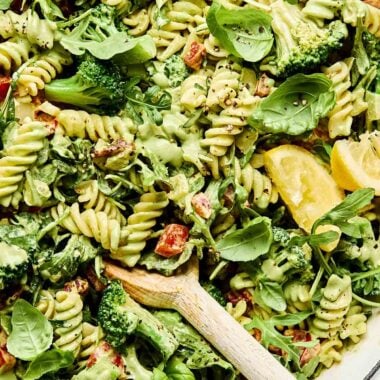
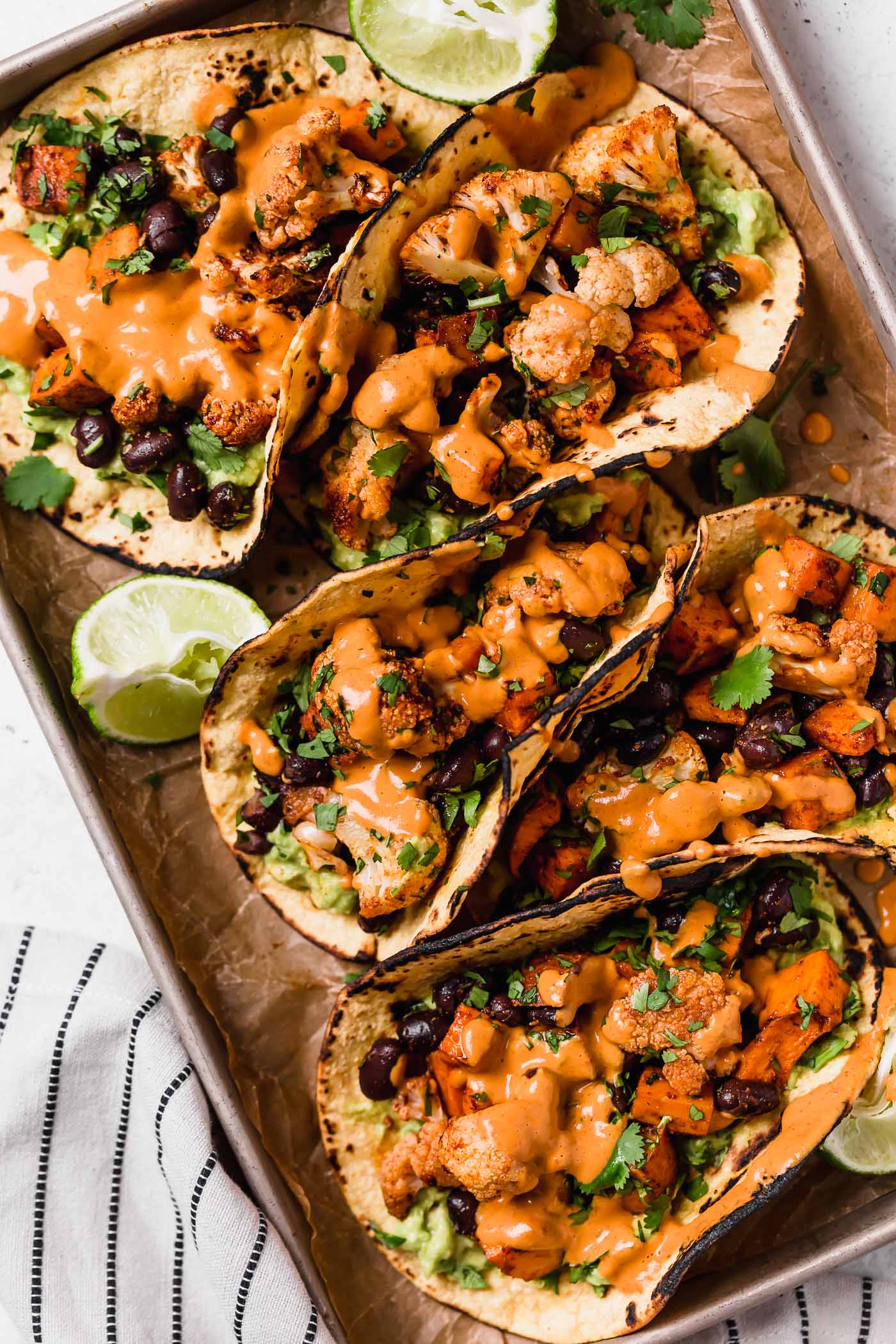
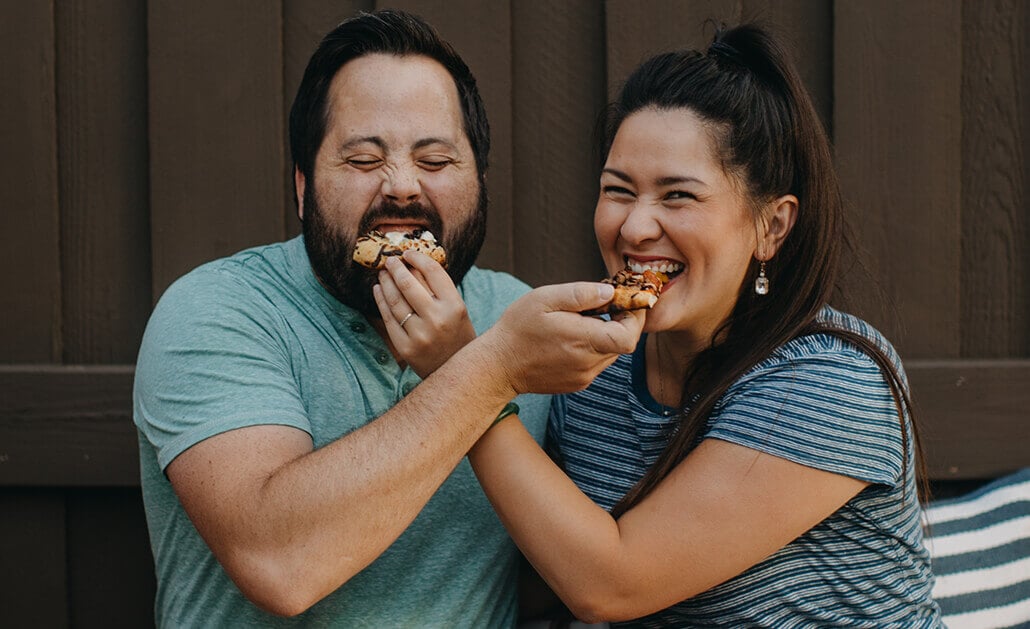
I’ve been working on a rosé sangria recipe over the past few weeks, and choosing the rosé has been the trickiest part! This is super helpful, thanks Jess!
yes thank you!! i adore rosé but get so confused when i buy it so i always get the same one 🙁 I am excited to choose something different!
This is sooo helpful!! I love this so much. I’m totally that person who likes to drink rose but has no idea what to look for and grabs the prettiest bottle on the shelf. I feel so much more edu-ma-cated now. CHEERS!
you speaka ma language jess! LOVE this round up, it’s so must more sophisticated than my process – cheap, and from Oregon! Can’t wait to try some of these this summer 🙂
This is seriously such a comprehensive list and LOADED with information! I think the first one on my list to try will be the Willamette Valley Rose. Maybe we can make macarons while drinking rose?!
i’m so glad you liked it, ellie! & yes, willamette valley is a perfect place to start…along with this macaron date i’ve been dreaming of nonstop since last week…!!! xx
I am planning to gift this rose wine to my father on Fathers Day. Thanks for this wonderful idea.
Wine.com Coupons
What a fantastic post Jess! Miraval is my favorite
thanks so much, sarah! i have a soft spot for miraval too…it makes me feel oh-so-fancy, & you can’t go wrong with that. xx
I took out sirloin for burgers tonight and now I’m completely on board with heading to the store for bottles (plural) of rose….
wooooooohooooo! i hope you got bottles & bottles!! enjoy lady! xx